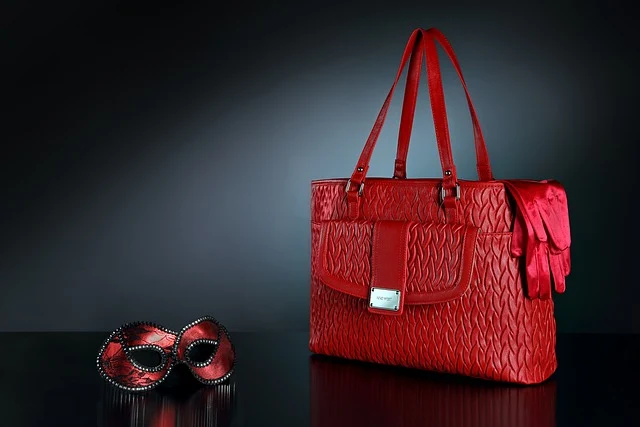Industrial and product design are two intertwined disciplines that have played a crucial role in shaping our modern world. From the sleek curves of an iPhone to the ergonomic contours of a chair, design has the power to enhance functionality, improve user experience, and even evoke emotional responses. As we navigate through the 21st century, the landscape of industrial and product design is constantly evolving, driven by technological advancements, shifting consumer preferences, and sustainability concerns. In this article, we will delve into the evolution of industrial and product design, exploring key trends, challenges, and the future of these disciplines.
The Evolution of Industrial Design:
Industrial design emerged as a distinct profession in the late 19th century, spurred by the Industrial Revolution and the need for standardized products with improved aesthetics and usability. Early industrial designers such as Raymond Loewy and Henry Dreyfuss pioneered the integration of form and function, creating iconic designs that defined an era.
In the mid-20th century, industrial design experienced a golden age characterized by the rise of mass production and consumer culture. Design became a powerful tool for companies to differentiate their products in a crowded marketplace. The iconic designs of mid-century modernism, with their clean lines and minimalist aesthetics, still influence contemporary design trends.
The digital revolution of the late 20th century brought about profound changes in industrial design practices. Computer-aided design (CAD) software enabled designers to create complex 3D models with unprecedented precision and efficiency. Rapid prototyping technologies such as 3D printing revolutionized the product development process, allowing designers to quickly iterate and test their ideas.
Today, industrial design encompasses a wide range of disciplines, from consumer electronics to automotive design. Designers must navigate an increasingly interconnected world where products are not just standalone objects but components of larger systems. Human-centered design principles, which prioritize the needs and experiences of users, have become central to the design process.
The Evolution of Product Design:
Product design is closely related to industrial design but focuses specifically on the creation of individual products rather than entire systems or environments. Like industrial design, product design has undergone significant evolution over the years, driven by technological innovation and changing consumer demands.
Early product designers focused primarily on functionality, striving to create products that were durable, efficient, and easy to use. However, as consumer expectations evolved, design began to play a more prominent role in shaping the overall user experience. Apple's iconic products, such as the iPod and iPhone, are prime examples of how design can elevate a product from mere functionality to a seamless and intuitive experience.
In recent years, sustainability has emerged as a key consideration in product design. As concerns about climate change and resource depletion mount, designers are increasingly exploring ways to minimize the environmental impact of their creations. This has led to the rise of concepts such as circular design, which seeks to eliminate waste and maximize the lifespan of products through innovative materials and production techniques.
Another trend shaping the future of product design is the integration of smart technology and connectivity. The Internet of Things (IoT) has opened up new possibilities for creating products that are not only intelligent and adaptive but also seamlessly integrated into the digital ecosystem. From smart appliances to wearable devices, designers are exploring how connectivity can enhance the functionality and convenience of everyday products.
While industrial and product design have made great strides in recent years, they also face a number of challenges. One of the biggest challenges is balancing form and function in an increasingly complex and interconnected world. Designers must consider not only how a product looks and feels but also how it fits into broader systems and ecosystems.
Another challenge is the need for greater inclusivity and diversity in design. Historically, the field of design has been dominated by a narrow demographic, leading to products that may not adequately meet the needs of diverse users. Designers must strive to incorporate diverse perspectives and experiences into their work to create products that are truly inclusive and accessible to all.
Furthermore, the rapid pace of technological change presents both opportunities and challenges for designers. On one hand, new technologies such as artificial intelligence and augmented reality open up exciting possibilities for innovation. On the other hand, designers must grapple with ethical questions about the impact of technology on society, such as privacy concerns and the potential for algorithmic bias.
The Future of Industrial and Product Design:
As we look to the future, the possibilities for industrial and product design are virtually limitless. Advances in materials science, robotics, and biotechnology promise to revolutionize the way we design and manufacture products. Concepts such as biomimicry, which draws inspiration from nature to solve design challenges, offer new avenues for sustainable innovation.
Moreover, as the world becomes increasingly interconnected, design will play a central role in shaping the future of smart cities, autonomous vehicles, and other emerging technologies. Designers will need to think holistically about how products interact with their environments and how they can contribute to a more sustainable and equitable future.
In conclusion, industrial and product design are dynamic and evolving disciplines that continue to push the boundaries of creativity and innovation. From the sleek lines of a smartphone to the sustainable materials of tomorrow, design has the power to shape our world for the better. By embracing new technologies, fostering inclusivity, and prioritizing sustainability, designers can create products that not only meet the needs of today but also pave the way for a brighter future.
Click here to get a professional artist for industrial and product design.














No comments:
Post a Comment